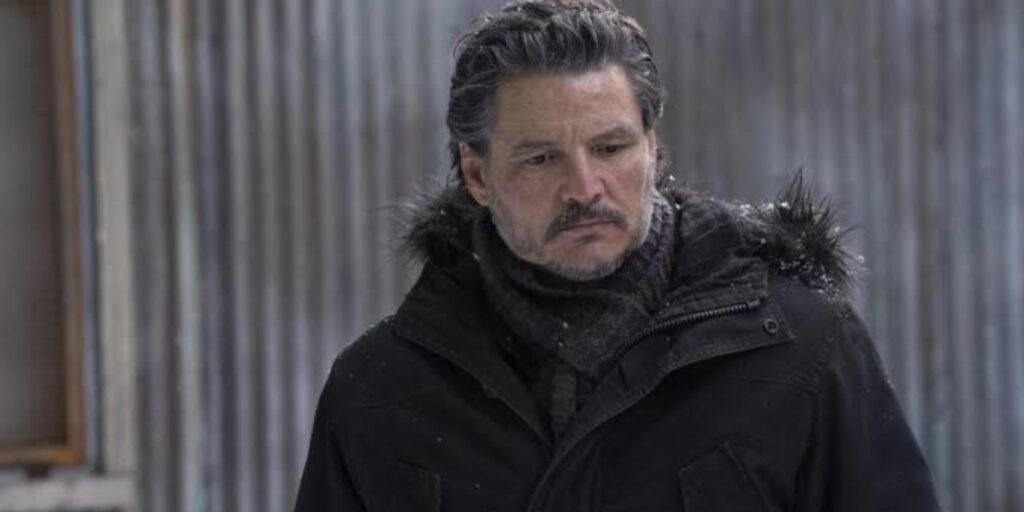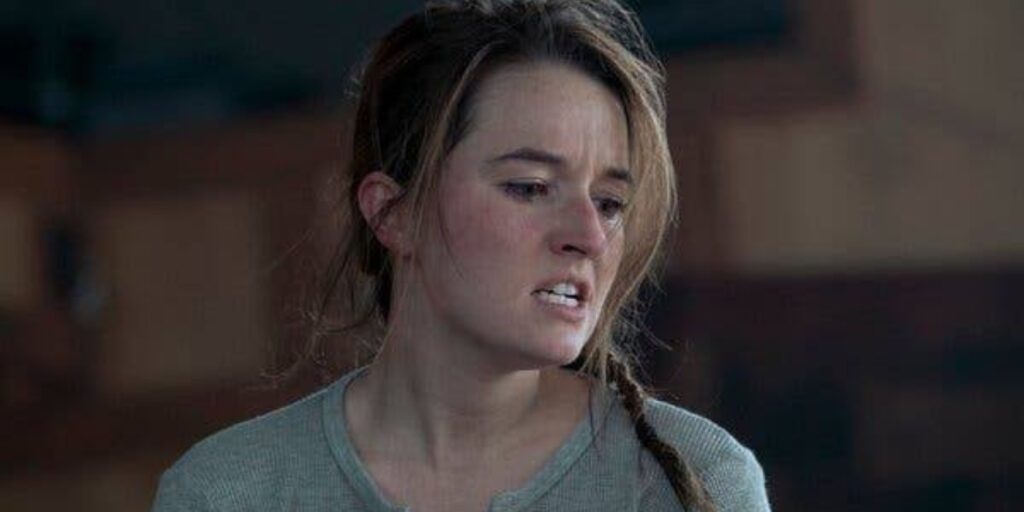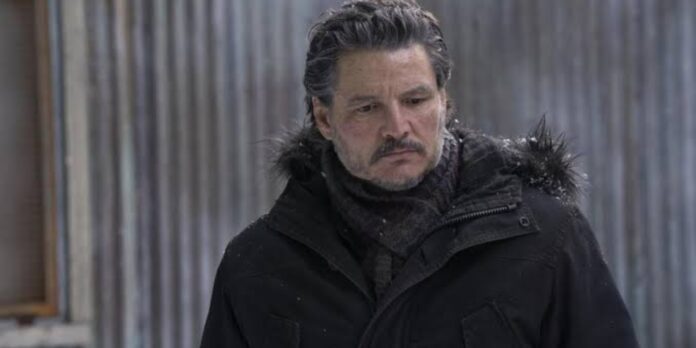There are television moments that become part of cultural history. Now, once again, with its latest episode, ‘The Last of Us’ has joined those infamous ranks after unflinchingly adapting one of the most controversial sequences in modern gaming history: the brutal murder of Joel Miller.
Even if you haven’t played ‘The Last of Us Part II’, the signs were there. From the murmurs about a “controversial new character” to cryptic teasers that danced around the inevitable, fans could sense a storm coming. And when it hit, it hit hard!
‘The Last Of Us’ Season 2 Features Joel’s Heartbreaking Death

Pedro Pascal’s Joel, the heart of the show’s first season, is mercilessly beaten and executed by Abby, as Ellie witnesses it, paralyzed by horror and helplessness. What makes the moment even more wrenching is not just the violence, it’s the impact. We’ve traveled with Joel. We’ve seen his wounds and watched his gradual healing. And now, in a moment that feels too sudden, too cruel, he’s gone. And yet, it was always going to be this way.
In ‘The Last of Us Part II’, Joel’s death takes place within the first couple of hours of gameplay, sending Ellie down a path of revenge, self-destruction, and painful self-discovery. The TV remains faithful to that trajectory. However, not without enhancement. In the adaptation, the showrunners expand the moment, using the medium of television to dig deeper and raise the stakes. We’re not just witnessing a death; we’re watching a world unravel.
In the game, Joel’s end happens in a confined room. In the show, the backdrop is a full-blown crisis. Jackson, the peaceful town Joel and Ellie have called home, is under siege from a horde of the infected. There’s snow, chaos, and gunfire, and in the midst of it all, Joel is lured into a trap under the guise of helping a stranger. This added layer of tension only intensifies the situation.
Why Abby’s Introduction Changes Everything In ‘The Last of Us’

The arrival of Abby marked a major shift in the narrative and for viewers unfamiliar with her from the game, she’s immediately framed as the villain. But if you’ve followed the game’s story, you know that Abby is far more than a cold-hearted killer. She’s a product of her world, shaped by trauma and revenge in much the same way Ellie is about to be. What the show does, and what the game attempts, is to challenge the audience to look beyond the surface.
In case you missed it: ‘The Last Of Us’ Season 2 Theories That Should Come True
Kaitlyn Dever’s Abby isn’t yet the emotionally fleshed-out figure players eventually grew to understand. But the groundwork is there. Already, the show is offering glimpses into her past, her grief, and most importantly, her justification: Joel killed her father, an unarmed Firefly surgeon, at the end of Season 1. And while the show could’ve toned it all down, and made her revenge more palatable or ambiguous, it doesn’t flinch. Just like the game, it forces us to sit with the consequences.
And of course, there’s the controversy. Back in 2020, ‘The Last of Us Part II’ sparked waves of backlash from certain corners of the gaming world. It got so bad that Laura Bailey, Abby’s voice actor, received death threats. Yet all of that misses the point. The game’s central theme was always about love and tribalism. It asks hard questions like, can you really accept that heroes and villains can be the same person, depending on where you’re standing?
The show is leaning into that moral murkiness even more boldly. The second episode made it clear that the show isn’t a story of good guys and bad guys. It’s a story about pain, perspective, and the price of vengeance. And while some fans are still complaining about Dever not matching Abby’s muscular physique from the game, it’s a reminder that adaptation is about essence. Nothing has to be exactly the same. The emotional truth is what matters. So, where does ‘The Last of Us’ go from here?





